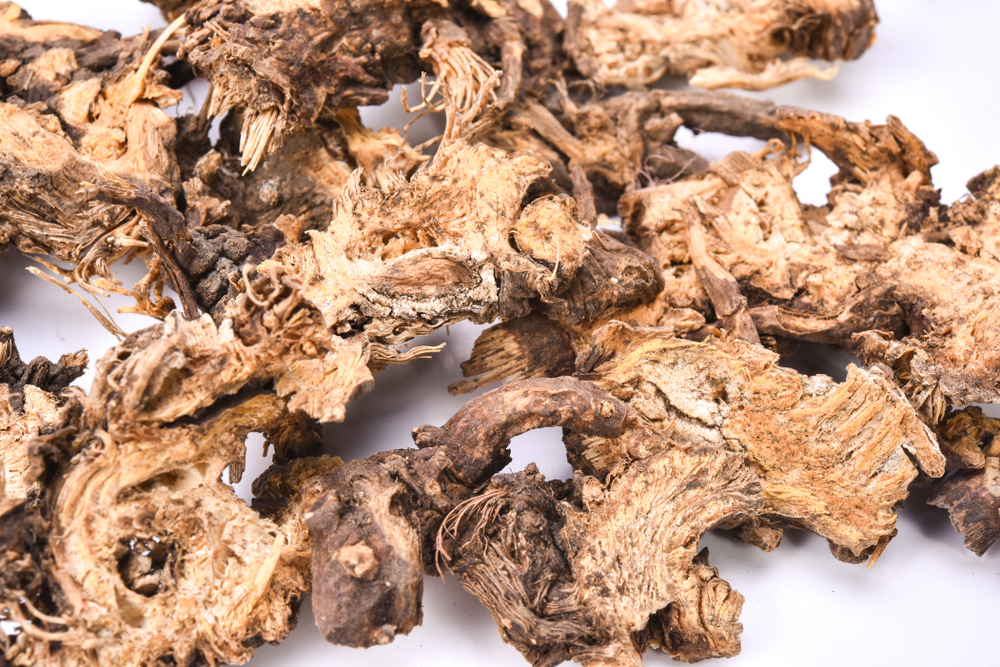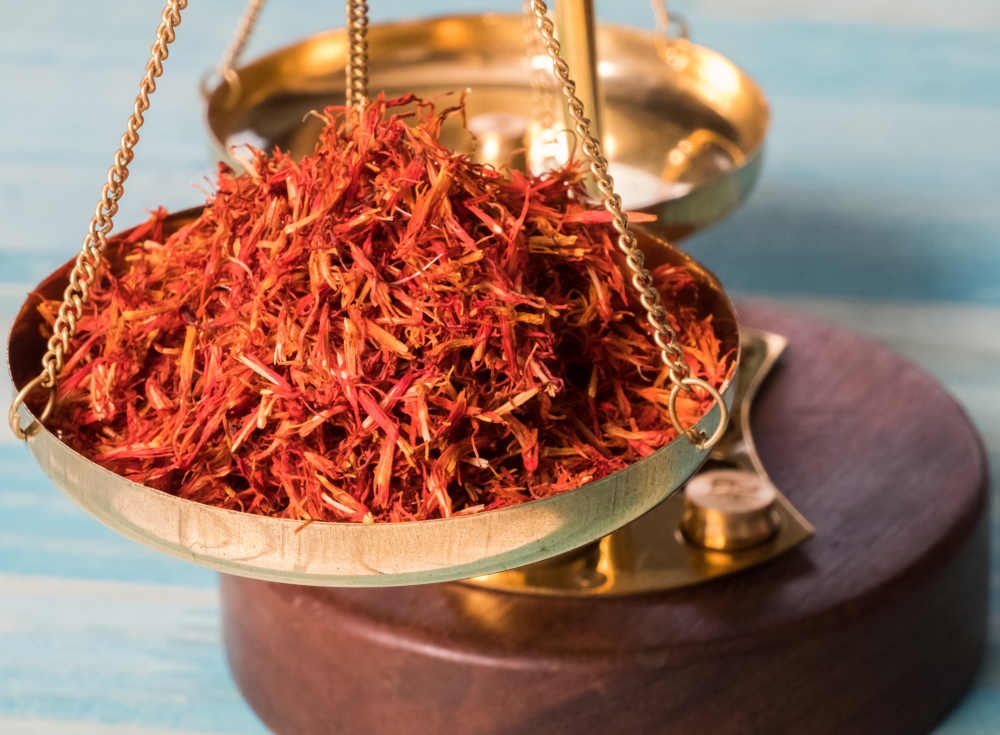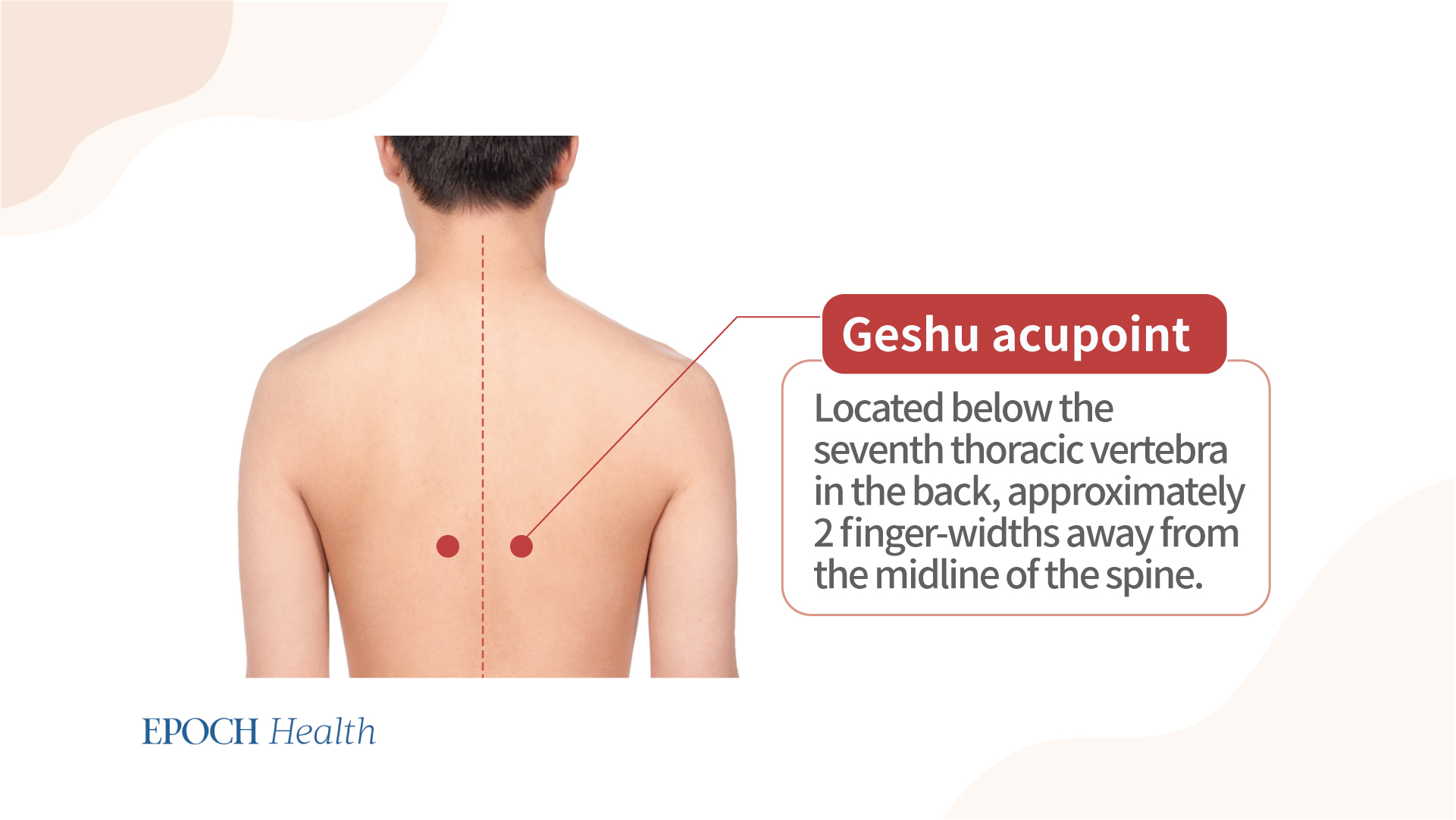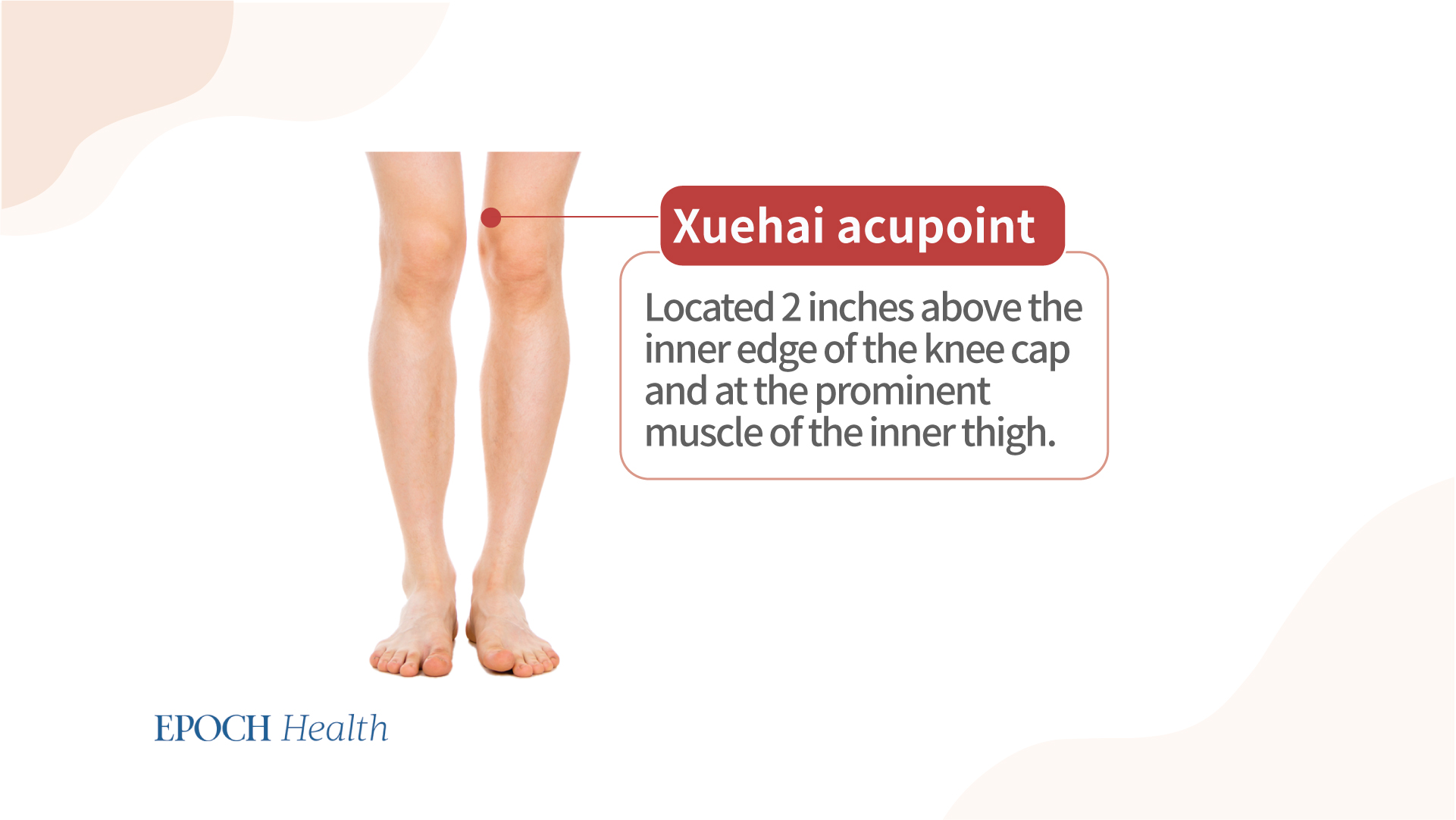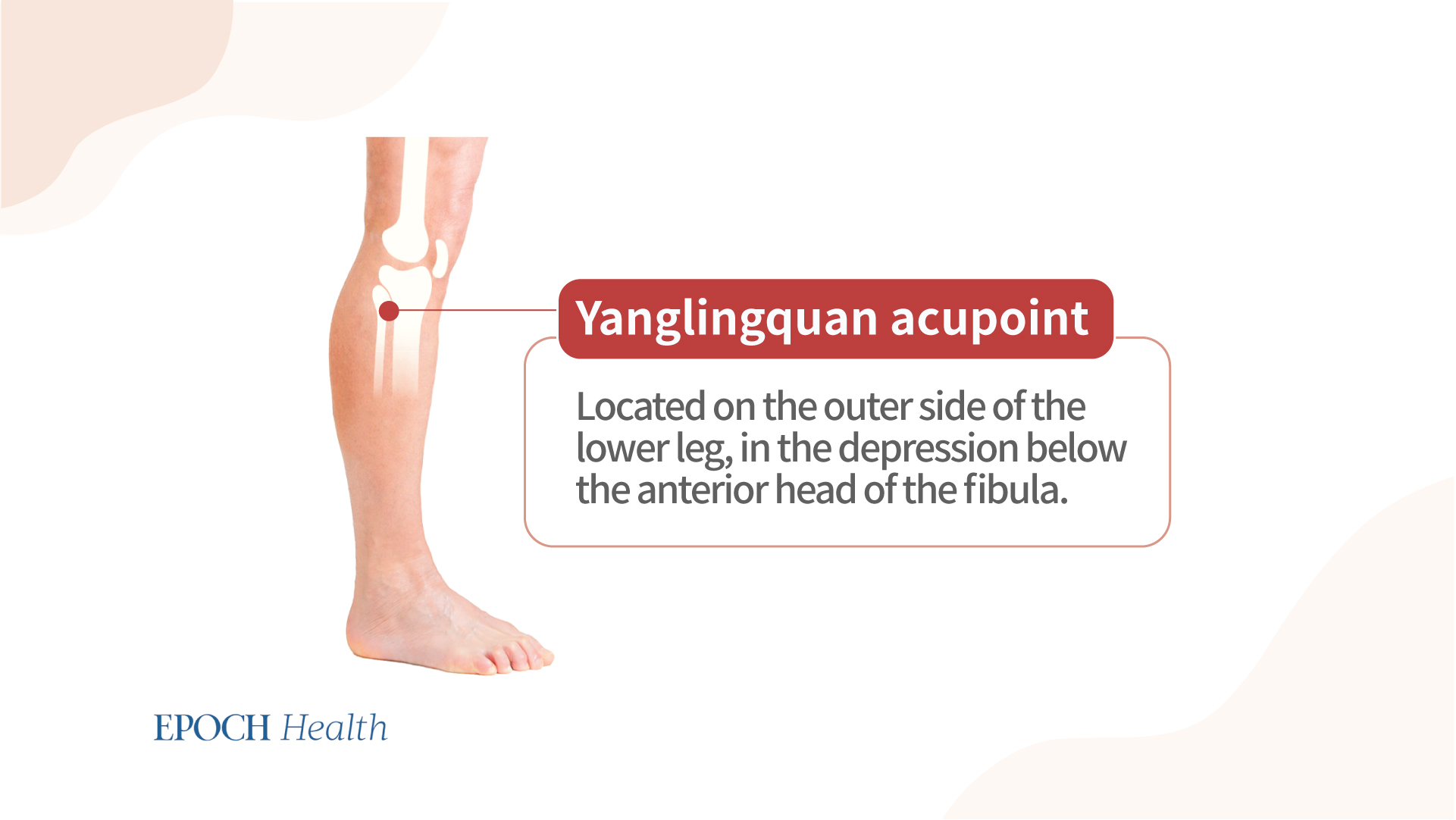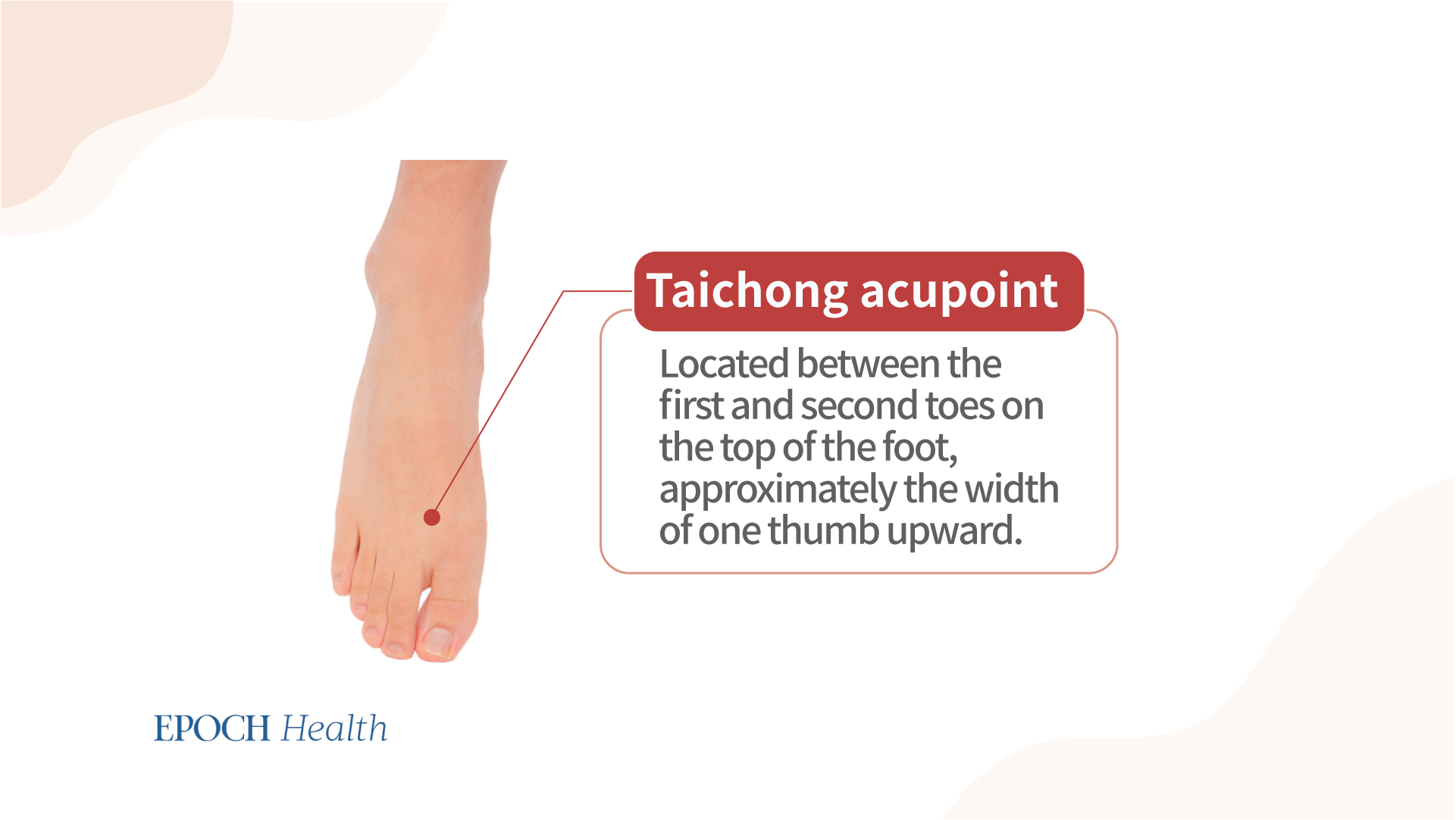


Anna Shay, the beloved star of Netflix’ popular reality show “Bling Empire,” passed away on June 5th at the age of 62 due to a stroke.
Anna Shay, a legendary figure, had a fascinating background. Her father was Edward Shay, a renowned American arms dealer, and her mother was the daughter of Kokuseki Oizumi, a prominent Japanese literary figure. It is rumored that her net worth was $600 million. The news of Anna Shay’s passing has shocked many, serving as a reminder of the fragility of life. Stroke shows no regard for wealth, affecting individuals from all walks of life.
A stroke occurs when there is a blockage or rupture of blood vessels in the brain, leading to impaired brain cell function, and it often occurs suddenly. Mild stroke symptoms can result in partial paralysis, while severe symptoms can be fatal. Therefore, it is important to recognize the warning signs of a stroke.
Before a stroke occurs, there may be some warning signs, also known as stroke precursors.
- Severe headache. Sudden onset of intense headaches, possibly accompanied by confusion or loss of consciousness.
- Weakness or numbness. Weakness or numbness on one side of the body or in the limbs, particularly on one side of the face, or one side of an arm or leg.
- Speech difficulties. Unclear speech or difficulty understanding language, which may manifest as slurred speech, language confusion, or inability to find the right words.
- Vision problems. Blurred vision, narrowed field of vision, or loss of vision in one eye.
- Balance difficulties. Imbalance, difficulty walking, or unexpected falls.
- Severe dizziness or fainting. Sudden onset of intense dizziness or fainting episodes.
- Severe neck pain. Intense neck pain, possibly accompanied by headaches, nausea, or vomiting.
If you or someone you know experiences any of the above warning signs, it is critical to seek immediate medical assistance. Stroke is a medical emergency, and early diagnosis and treatment can reduce the risk of brain damage and improve chances of survival and recovery.
Each year, some 800,000 people in the United States suffer from a stroke, and more than half of stroke survivors aged 65 and older experience reduced mobility after a stroke. Fortunately, risk can be reduced through lifestyle modifications, herbal remedies, and acupuncture.
- Healthy eating. Maintain a balanced and varied diet that includes adequate intake of vegetables, fruits, whole grains, healthy proteins, and low-fat foods. Reduce the consumption of foods high in cholesterol, sodium, and saturated fats.
- Blood pressure control. Hypertension is one of the major risk factors for stroke. It is important to maintain a healthy weight, limit sodium intake, engage in moderate exercise, reduce alcohol consumption, regularly monitor blood pressure, and follow your doctor’s suggestions for treatment.
- Blood glucose control. Maintaining stable blood glucose levels is vital for individuals with diabetes. Follow your doctor’s treatment plan, regularly monitor blood glucose levels, and maintain healthy dietary and exercise habits.
- Quit smoking. Smoking is a major risk factor for stroke. Quitting smoking can significantly reduce the risk of stroke and provide many other health benefits.
- Moderate alcohol intake. Excessive alcohol consumption increases the risk of stroke. If you choose to drink alcohol, be sure to limit your daily consumption.
- Regular exercise. Maintaining regular physical activity can lower the risk of stroke. Aim for at least 150 minutes per week of moderate-intensity aerobic exercise, such as brisk walking, swimming, or cycling.
- Weight management. Being overweight or obese increases the risk of stroke. Weight management can be achieved through healthy eating and regular exercise.
Schedule regular health check-ups and adhere to your doctor’s recommendations for treatment and management of chronic diseases.
Traditional Chinese medicine (TCM) utilizes herbal remedies and formulas to prevent strokes. The specific choices depend on an individual’s constitution, symptoms, and diagnosis. Following are some commonly used Chinese herbs for stroke prevention.
Chuan Xiong is widely used to address blood circulation issues. It possesses blood-activating and stasis-dissipating properties, thus promoting blood circulation and reducing the risk of blood clot formation.
A 2022 review indicated that Tetramethylpyrazine (TMP), an active compound found in Chuan Xiong, can significantly reduce the area of aortic atherosclerotic lesions. It can also modulate plasma inflammatory responses and biological signals associated with atherosclerosis.
Dan Shen is a Chinese herb known for its blood-activating and stasis-dissipating properties. It can improve blood circulation, protect endothelial cells, lower blood pressure, and inhibit platelet aggregation.
Hong Hua possesses blood-activating and stasis-dissipating properties and is commonly used in the treatment of stroke and cardiovascular diseases. It can promote blood circulation, alleviate pain, and reduce the risk of blood clot formation.
A study published in the journal Phytomedicine found that the Dan Shen-Hong Hua herbal pair exhibited a strong blood-activating effect in rats with blood stasis.
Tao Ren possesses blood-activating, stasis-dissipating, and analgesic properties. It can promote blood circulation, reduce blood viscosity, and prevent blood clot formation.
San Qi is widely used for the prevention of cardiovascular diseases and stroke. It possesses blood-activating and stasis-dissipating properties and can help lower blood pressure and inhibit platelet aggregation.
These traditional medicinal materials can be used separately or combined to create herbal formulas, depending on specific diagnoses and needs.
Additionally, regular massage or acupuncture targeting specific acupoints can help reduce the risk of stroke.
According to TCM, the human body has a system known as “meridians,” which serve as channels for the flow of qi (energy). These meridians connect the internal organs to different areas of the body. Along these meridian pathways, specific points called acupoints are situated, and they correspond to different parts of the body. The associated ailments of the corresponding organs can be addressed by stimulating the acupoints through techniques like acupuncture and massage.
Some herbs mentioned in this article may be unfamiliar, but they are generally available in health food stores and Asian grocery stores. It is important to note that treatment methods may vary depending on the individual. Please consult with a healthcare professional for a specific treatment plan.

